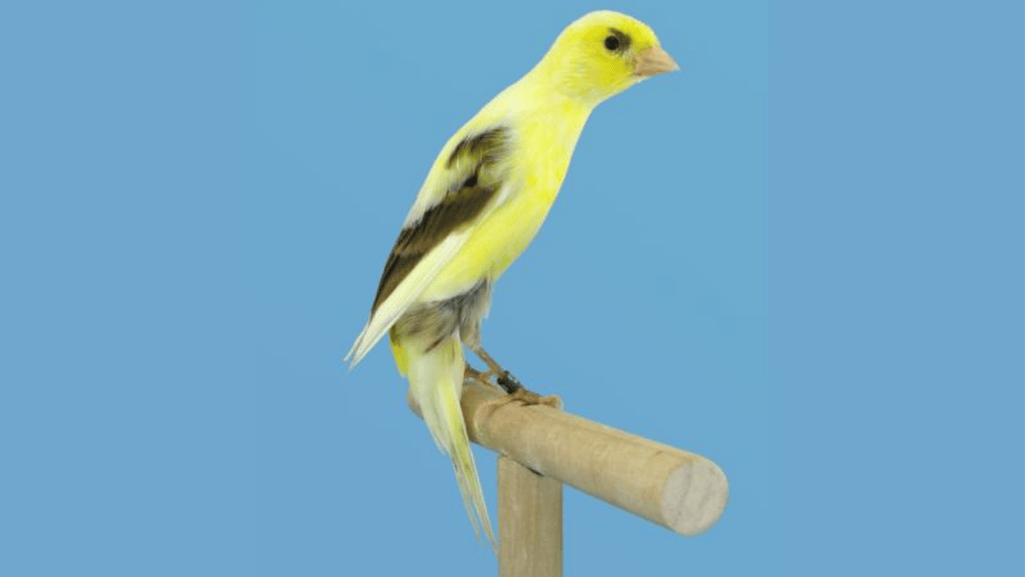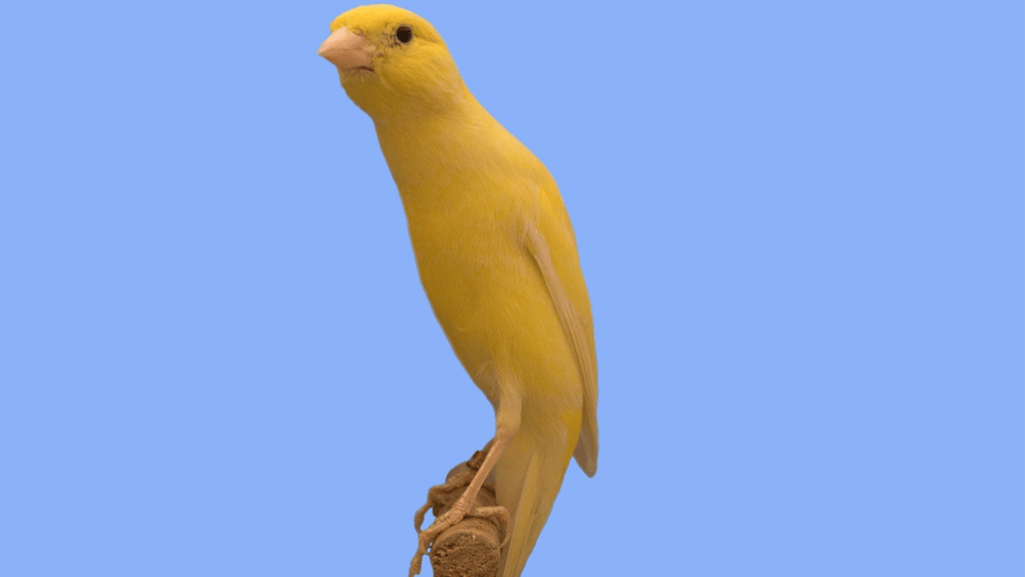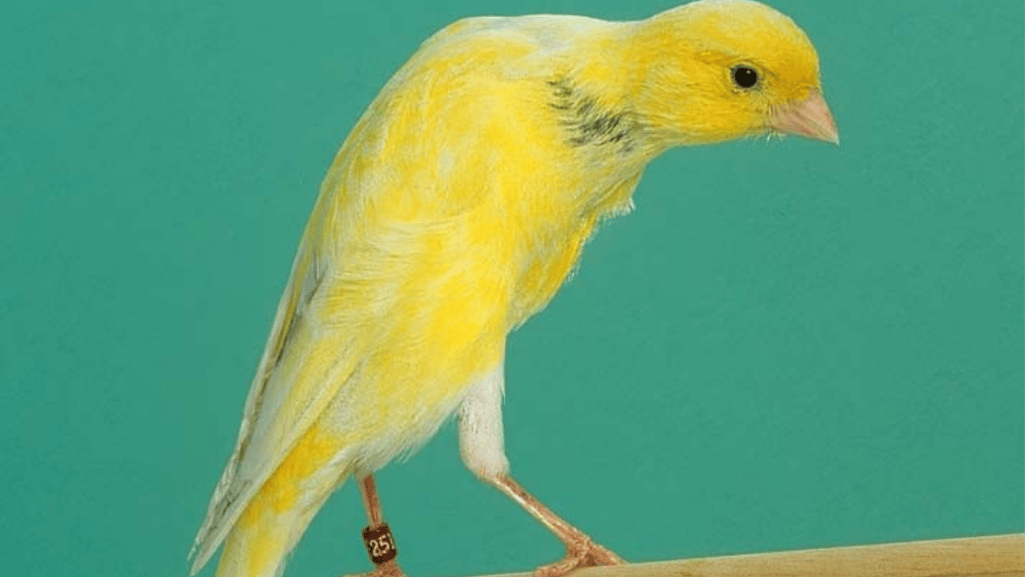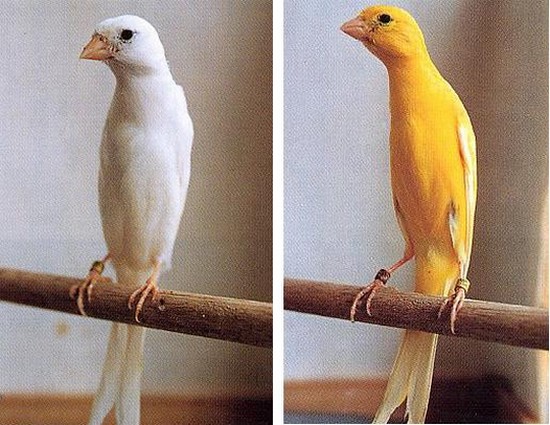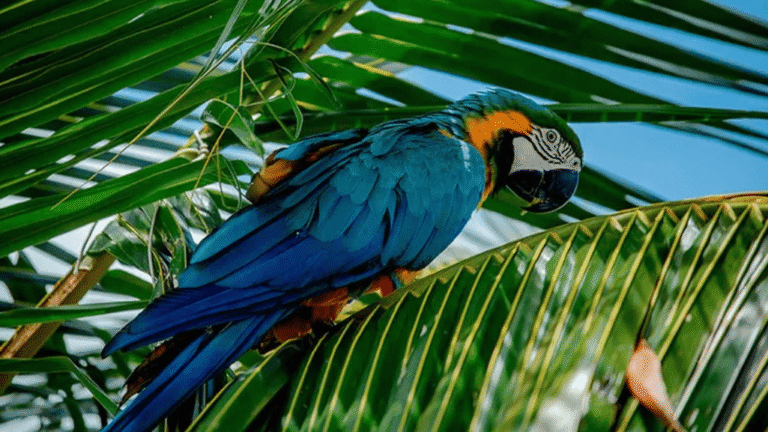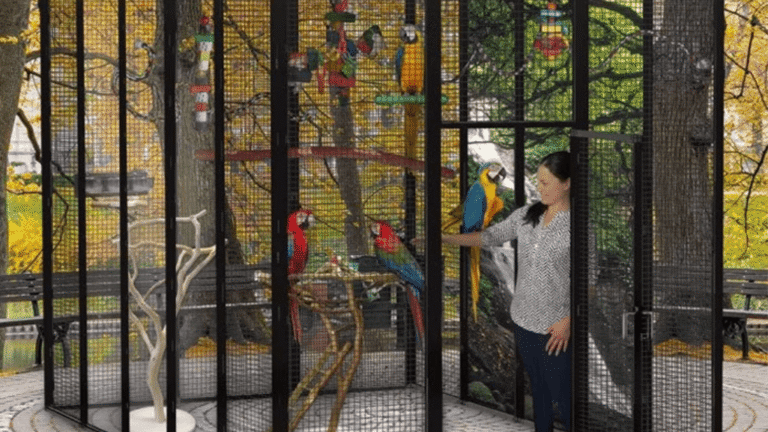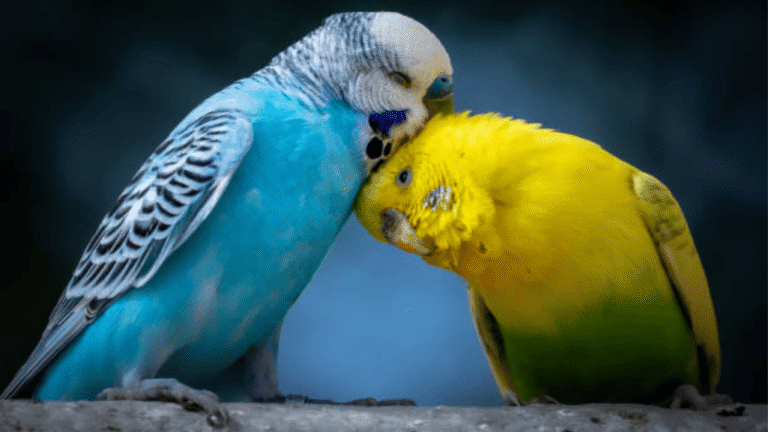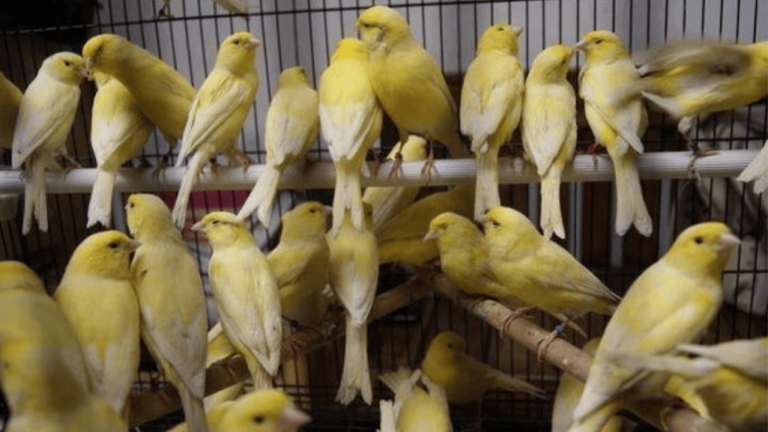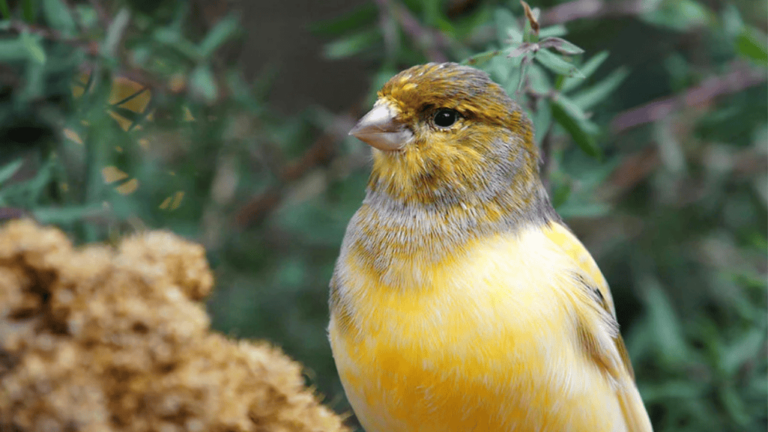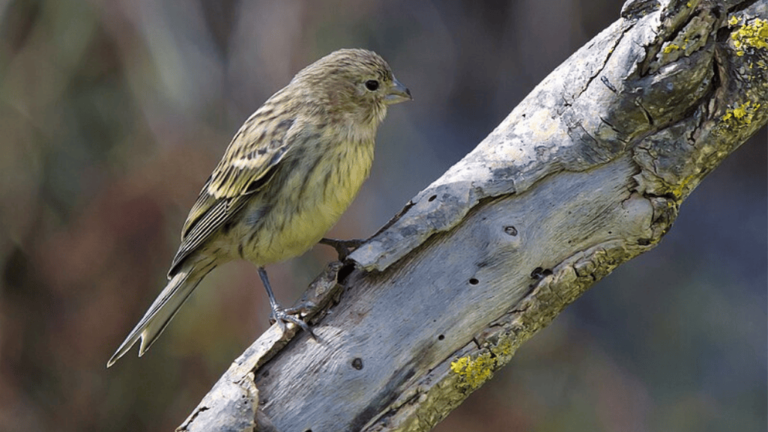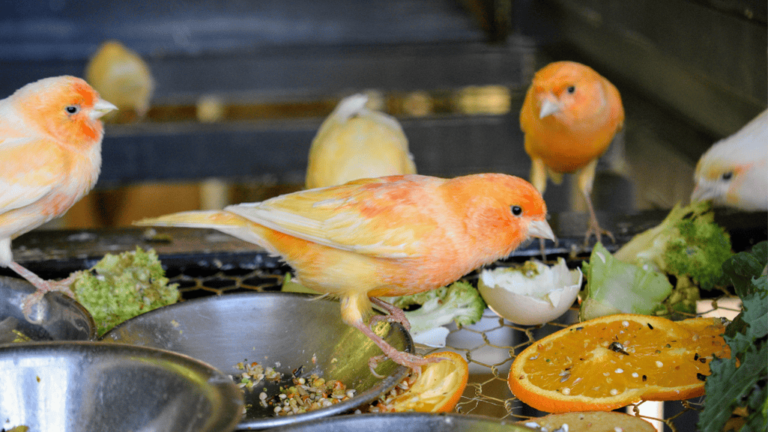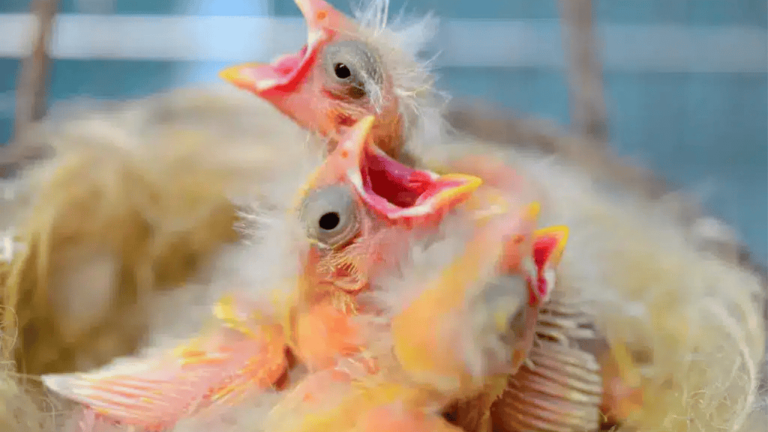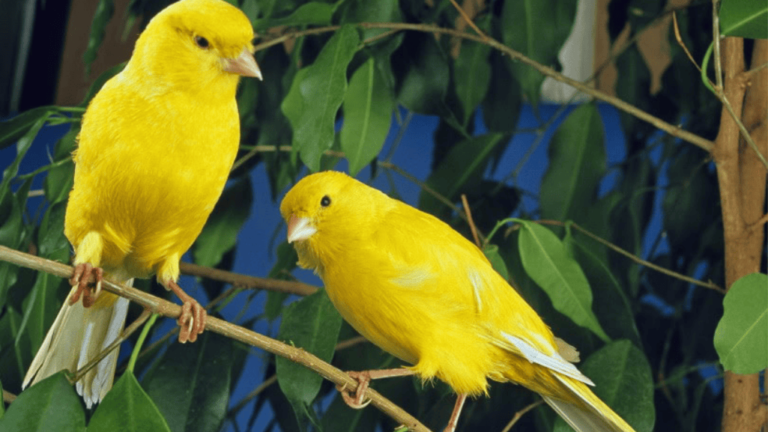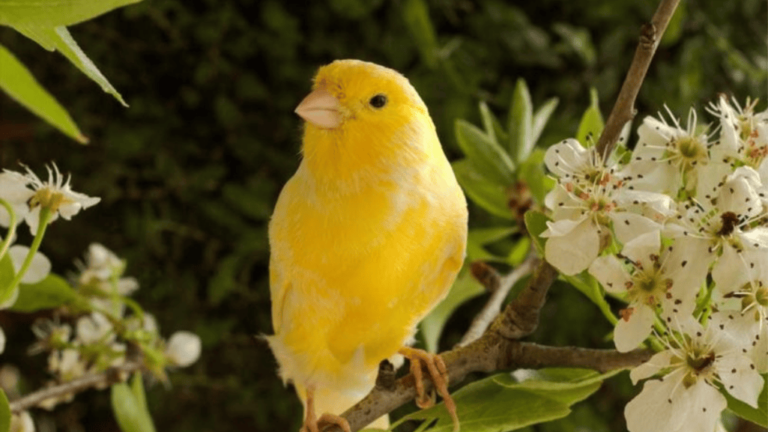The Scots Fancy Canary has captivated bird lovers for centuries. They are known for their unique crescent shape and beautiful songs. These canaries have a long history in Scotland and are popular pets and show birds.
In the late 19th century, Scottish breeders created the Scots Fancy Canary. They wanted a canary that was both beautiful and unique. Through careful breeding, they achieved the Scots Fancy’s distinctive curved posture and long body.
Scots Fancy Canaries come in colors like white, green, and yellow. They live for 8 to 12 years, making them a long-term pet. These birds are friendly and easy to care for, even for beginners.
For Scots Fancy Canaries to stay healthy, they need a good diet and proper care. They should eat high-quality canary seed mix, fresh fruits and veggies, and sometimes treats like millet sprays or egg food. They also need a clean, safe place to live and regular vet visits.
Key Takeaways
- Scots Fancy Canaries are known for their unique crescent shape and melodic songs.
- This breed was developed in Scotland in the late 19th century through selective breeding.
- Scots Fancy Canaries come in colors like white, green, and yellow.
- They have a lifespan of 8 to 12 years and are suitable for novice bird owners.
- Providing a balanced diet, appropriate housing, and regular vet check-ups is critical for their health and well-being.
Introduction to Scots Fancy Canary Birds
Get ready to fall in love with the Scots Fancy canary. This canary breed has a long history and special canary characteristics. Their long, curved bodies and beautiful singing voices have won the hearts of many.
The Scots Fancy canary comes from Scotland and has a rich history. Scottish breeders worked hard to create a canary that looks unique and sings well. Their hard work led to the Scots Fancy canary we love today.
So, what makes Scots Fancy canaries special? They have a unique body shape that looks like a crescent moon. Their feathers come in many colors, like bright yellows and soft greens. These colors make them even more beautiful.
“The Scots Fancy canary is not just a pretty face; their singing abilities are equally impressive. These birds are known for their beautiful, melodious voices that can fill a room with sweet songs.”
Scots Fancy canaries are not only beautiful and talented singers. They are also friendly and gentle. They make great pets for bird lovers. Whether you’re new to canaries or have experience, the Scots Fancy canary will win your heart.
History and Origin of the Scots Fancy Canary
The Scots Fancy Canary is known for its unique look and beautiful song. It has a long canary history that goes back to the 1800s. It was developed in Scotland in the 1800s from Belgian Canaries.
In the Victorian era, the Scots Fancy Canary became very popular, mainly in Glasgow. But, it almost disappeared in the early 1900s. Luckily, some dedicated breeders saved and brought it back.
Development of the Breed
Scottish canary breeders worked hard to make the Scots Fancy Canary special. They focused on its shape and singing. They chose the best breeding pairs to get the desired traits.
“The Scots Fancy Canary is a testament to the dedication and passion of Scottish breeders who worked tirelessly to create a bird of exceptional beauty and talent.”
Influence of Scottish Canary Breeders
Scottish canary breeders helped make the Scots Fancy Canary famous. As it became more popular, it was sent to other countries. It won the hearts of many with its beauty and song.
Today, the Scots Fancy Canary is loved by many. It lives for 8 to 12 years and grows to about 7 inches. These smart and fun birds are great companions and can even learn tricks.
Physical Characteristics of Scots Fancy Canaries
Scots Fancy Canaries stand out with their unique looks. They have a slender body shape, like a crescent, from head to tail. Their posture is special, often called a “half-moon” stance, showing off their long necks and tails.
Feather Types and Colors
These birds are known for their bright feathers. They come in many colors, from simple yellow and white to complex patterns. Their feathers are smooth, adding to their sleek look.
Research shows canaries are divided into three types based on looks, colors, and singing. Color canaries are prized for their wide range of colors.
- Yellow
- Green
- Orange
- Red
- White
- Gray
Scots Fancy Canaries are popular for their colors like orange agate and Red Bronze. Their bright feathers come from pigments like melanin and carotenoids, creating their stunning colors.
Size and Weight
Scots Fancy Canaries are medium-sized, weighing 20-25 grams. Their size lets them be agile and graceful. Despite being small, they have a big presence because of their posture and colors.
The Fife Fancy Canary, a smaller version of the Border Canary developed in Scotland, has a length not exceeding 4 1/4 inches (approximately 11 cm).
With their unique shape, bright feathers, and many colors, Scots Fancy Canaries are a joy to see. Their looks and charming nature make them a favorite among bird lovers and pet owners.
Personality and Temperament
Scots Fancy Canaries are known for their delightful canary personality. They are wonderful companions. These tiny birds are gentle and friendly, forming strong bonds with their owners.
They are active and lively, keeping themselves and others entertained. This makes them a joy to watch and interact with.
One of the most endearing aspects of the Scots Fancy Canary’s behavior is their love for singing. These birds sing pleasant and cheerful songs. Their singing fills a room with sweet tunes.
Scots Fancy Canaries are generally amiable and enjoy being around people. They thrive on attention and interaction. This makes them ideal pets for those who want a feathered friend.
With proper socialization and care, these canaries can become quite tame. They may even perch on their owner’s finger or shoulder.
“Scots Fancy Canaries are not just beautiful to look at; their charming personalities and delightful songs make them truly special companions.”
It’s important to note that while Scots Fancy Canaries are generally friendly, individual birds may vary. Some may be more outgoing, while others may be a bit more reserved. But with patience, love, and a nurturing environment, most will blossom into affectionate pets.
Caring for Your Scots Fancy Canary
Proper canary care is key for your Scots Fancy Canary’s health and happiness. They need a big cage, a balanced diet, regular exercise, and social time. Meeting their needs ensures they live a long, healthy life.
Housing and Cage Requirements
Scots Fancy Canaries need a cage that’s at least 20 inches wide. It should have two perches and toys for fun. Place the cage in a safe spot, away from sunlight and air vents.
Diet and Nutrition
A good canary diet keeps your bird healthy. Feed them a high-quality seed mix with fresh fruits and veggies. Berries, leafy greens, and legumes are great for vitamins and proteins. Clean up any uneaten food daily to avoid spoilage.
“Good nutrition is vital for the health of Budgies, Finches, and Canaries, with malnutrition remaining a common health issue.”
Exercise and Socialization
Exercise is key for your Scots Fancy Canary’s health. Give them space to fly and explore safely. Spend time with your canary, talk to them, and use canary toys for fun.
Health Concerns and Veterinary Care
Regular vet visits are important for canary health. Watch for signs of illness like Canary Pox and mites. Quick action helps prevent serious problems. Proper care ensures your canary lives a long, happy life.
Training and Socializing Your Scots Fancy Canary
Scots Fancy Canaries are not just beautiful singers but also smart friends. They can learn tricks and behaviors to make your time together better. With patience and effort, you can teach your canary many fun things.
Building Trust and Bonding
Trust and bonding are key for canary training. Spend time near your canary’s cage, talking softly and giving treats. Let your hand slowly enter the cage, letting your bird come to you.
Be consistent and gentle. Your Scots Fancy Canary will start to see you as a positive presence. This is the first step in a strong bond.
When your canary is okay with your hand, start training outside the cage. Use a small perch or your finger to teach tricks. Always end on a positive note to keep your canary excited to learn.
Teaching Basic Tricks
Scots Fancy Canaries can learn many tricks. They can go from simple steps to complex routines. Here are a few tricks to try:
- Step up and down: Teach your canary to step onto your finger or a small perch, then reward with a treat.
- Fly to you: Hold out your hand or a perch, and your canary will learn to fly to you.
- Navigate obstacle courses: Create small obstacles and teach your canary to go through them with treats.
Training and socializing your canary takes patience and consistency. Celebrate every small victory and keep the atmosphere positive. With time and effort, you’ll have a deep bond with your Scots Fancy Canary, making your lives richer.
Breeding Scots Fancy Canaries
Breeding Scots Fancy Canaries is a rewarding experience. It needs careful planning and attention to detail. These elegant birds, believed to have been developed in the 17th century, are known for their unique posture and distinctive appearance. To ensure successful canary breeding, it is essential to select the right breeding pairs, provide a suitable nesting environment, and offer proper nutrition.
Selecting Breeding Pairs
When choosing breeding pairs, consider the desired traits and overall health of the birds. Look for canaries with good posture, body shape, and feather quality. The Scots Fancy Canary should have a triangular body shape from the front, side, and rear views, with an angle above 90° but not deeper than 80°. In recent years, there has been a tendency to award more points to birds with a deeper posture in competitions.
Nesting and Egg-Laying
Provide your breeding pairs with a comfortable and secure nesting area. Scots Fancy Canaries typically lay an average of 4 to 5 eggs per clutch, with the possibility of two rounds per breeding season. Ensure that the nesting materials are clean and free from any harmful substances. Monitor the nesting process closely, but avoid disturbing the birds unnecessarily to minimize stress.
“The key to successful canary nesting is to create a safe and comfortable environment that encourages natural breeding behaviors.”
Raising Chicks
Once the canary chicks hatch, the real work begins. Provide the parents with a balanced diet rich in protein to support the growth and development of the chicks. Monitor the chicks’ progress regularly, ensuring they are growing at a healthy rate. As the chicks mature, gradually introduce them to a variety of foods and encourage them to explore their surroundings. With proper care and attention, your Scots Fancy Canary chicks will develop into strong, healthy adult birds.
Understanding canary genetics is also key for breeders. It helps in producing birds with specific color mutations or other desired traits. By selectively breeding birds with desirable characteristics, breeders can work towards improving the overall quality and beauty of their Scots Fancy Canary flock.
Scots Fancy Canaries in Avian Competitions
Scots Fancy Canaries are a hit among bird lovers, mainly in canary shows. These birds are known for their elegant posture and unique look. They are a highlight at shows all over the world.
Scots Fancy Canaries are bigger than some other breeds, like the Border Fancy and the Fife Fancy. They are about 170mm long. Their big size and hunch-backed stance make them a standout in competitions.
Preparing for Shows
To do well in canary competitions, owners must put in a lot of work. They need to make sure their birds are healthy, with clean feathers and a shiny look. Regular baths, a good diet, and lots of exercise are key.
Owners also focus on socializing their birds. This helps them stay calm and focused during judging. Gentle handling and positive feedback help build trust and confidence.
Judging Criteria and Standards
In canary judging, there are strict rules to follow. For Scots Fancy Canaries, judges look at several things:
- Posture and stance: The bird’s hunch-backed posture should be clear and strong.
- Feather quality and condition: Feathers should be smooth, shiny, and without damage.
- Overall size and proportions: The bird should fit the breed standards for size and look balanced.
- Health and vitality: Judges want birds that are lively, active, and healthy.
By knowing these standards and working hard to meet them, owners can improve their chances of winning at shows.
The Importance of Genetics in Scots Fancy Canary Breeding
Genetics are key in breeding Scots Fancy Canaries. Knowing how genetics affect their looks and traits helps breeders aim for the best. It’s important to learn about canary mutations and breeding methods to keep the breed’s quality high.
Understanding Color Mutations
Color in canaries comes from specific genes. For instance, a dominant white canary might have a dominant white gene and a recessive yellow gene. Or, it could have two recessive white genes.
Noticeable yellow on a canary’s wing shows a dominant white gene. On the other hand, recessive white canaries don’t have yellow on their wings or body.
Feathers in canaries can be fine or coarse, changing how they look against the body. Buff feathered Recessive White canaries often do well in shows. Breeding them with yellow feathered birds is a good way to get the best feather quality.
Selective Breeding Techniques
Scots Fancy Canary breeders use line breeding and outcrossing to improve the breed. But, breeding two perfect birds doesn’t always mean the offspring will be top-notch. It’s important to check each bird’s genetic makeup before breeding them.
Choosing the right breeding pairs is critical. Make sure the male canary is ready for breeding with the right diet and exercise. Pairing a yellow feathered bird with a buff feathered one can give you a mix of offspring. This flexibility is useful for future breeding plans.
Understanding canary genetics and using selective breeding helps Scots Fancy Canary breeders. They work to keep and improve the breed’s special traits.
Scots Fancy Canary Birds as Pets
Scots Fancy Canaries are wonderful canary pets that add joy and beauty to any home. They are known for their bright colors, beautiful singing, and friendly nature. This makes them perfect pets for bird lovers and families.
Before getting a Scots Fancy Canary, think about your home’s canary suitability. These birds need a calm, big space to move around and show their natural behaviors. A cage that’s at least 24″ wide by 18″ deep by 24″ high is best for one pair of Scots Fancy Canaries. It gives them enough room to fly, perch, and play.
Companionship and Interaction
Scots Fancy Canaries love canary companionship and canary interaction with people. They bond well with their owners through regular interaction and training. Spending time with your Scots Fancy Canary, talking to them, and giving treats can make a strong bond.
“Canaries are described as timid and shy birds, usually not enjoying handling.”
Even though Scots Fancy Canaries might not like too much handling, they love being around their owners. Giving them safe toys and lots of exercise keeps them happy and prevents boredom.
Lifespan and Care Requirements
With the right care, Scots Fancy Canaries can live 8-12 years. This means they can bring joy to your life for many years. To keep them healthy, feed them high-quality canary seed, nutritious blends, dried egg food, and sometimes treats like millet spray, fresh greens, and fruits like apples and apricots.
Regular vet visits, a clean home, and a stress-free environment are key for your Scots Fancy Canary’s health and happiness. By taking good care of them, you can enjoy their wonderful companionship and beautiful singing.
Popular Misconceptions About Scots Fancy Canaries
Many people have canary misconceptions and canary myths about Scots Fancy Canaries. Some think these birds are hard to care for and need special diets. But, with the right care, a balanced diet, and vet visits, they do just fine.
Another myth is that all canaries are the same. Scots Fancy Canaries stand out with their unique posture. This is due to careful breeding.
Some believe canaries love to be with other birds. But, canary facts show they are territorial. They sing to mark their territory, not to be social. So, you don’t need to keep them in groups.
“True fanciers” in the 1870s saw common canaries as just for raising the more valuable ones. Prices ranged from 3s. 6d. for males to over 2s. 6d. for females, depending on the season.
Lastly, some think canaries are easy pets that don’t need much attention. While they don’t need as much as some birds, they do need a clean cage, a good diet, fresh water, and vet care to stay healthy.
By knowing the canary misconceptions and canary facts, you can give your Scots Fancy Canary the best care. This way, you can enjoy their company for many years.
Conclusion
Scots Fancy Canaries are truly remarkable birds that have captured the hearts of canary enthusiasts worldwide. Breeders and owners have developed a deep appreciation for these elegant songbirds. Their melodious voices and striking appearance make them unique.
When it comes to canary care, providing a balanced diet and spacious housing is key. Regular socialization is also important for their health and happiness. Owners should understand their specific needs and preferences to create a nurturing environment.
Scots Fancy Canaries have made a name for themselves in avian competitions. They captivate judges and audiences with their beauty and musical talents. Breeders dedicate countless hours to breeding and preparing their birds for shows.
Reflecting on Scots Fancy Canaries, it’s clear they will continue to hold a special place in bird lovers’ hearts. Whether as cherished companions or admired in the show ring, they show the incredible bond between humans and birds. By celebrating their beauty and nurturing their well-being, we ensure their legacy will endure, inspiring and delighting us all.


